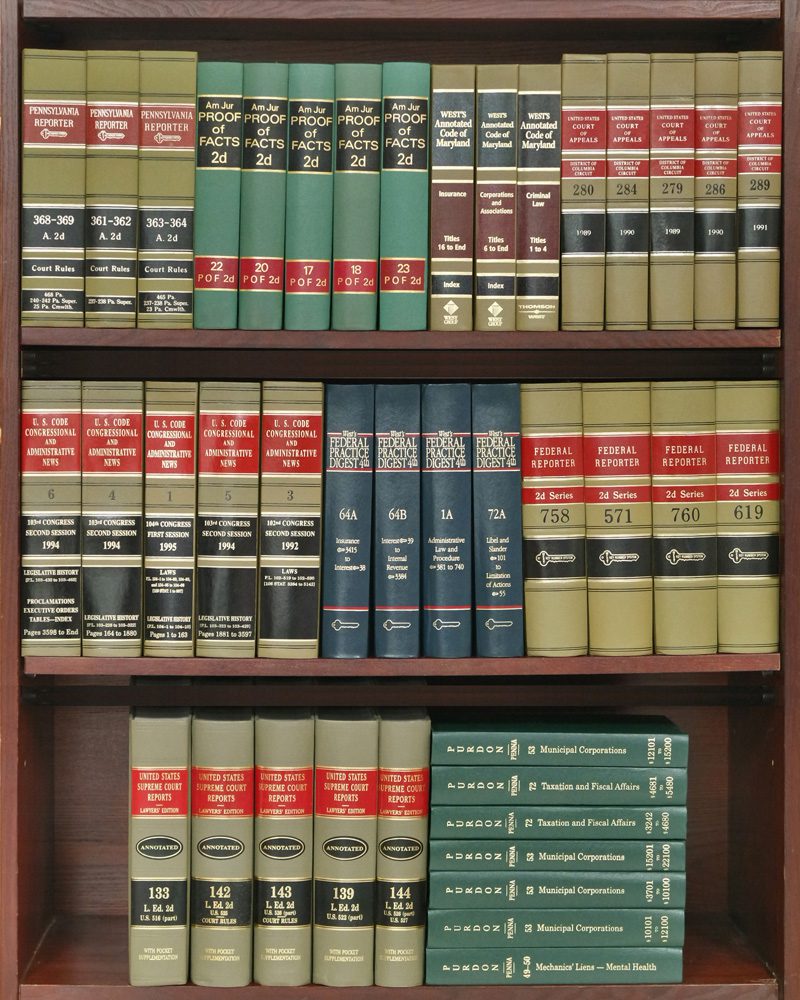The Greater Bombay Co-operative Bank Ltd. v. Wings Entertainment Pvt. Ltd. & Anr.
The Greater Bombay Co-operative Bank Ltd.
…Appellant
Wings Entertainment Pvt. Ltd. & Anr.
…Respondent
Case No: Appeal No. 117/2013
Date of Judgement: 21/06/2023
Judges:
Mr Justice Ashok Menon, Chairperson
For Appellant: Mr Harjot Singh, i/b M/s. Raval-Shah & Co., Advocate.
For Respondent: None.
Download Court Copy CLICK HERE
Facts:
The case involves an appeal (No. 117/2013) filed by The Greater Bombay Co-operative Bank Ltd. (the Appellant) against an order dated 01.04.2011 in M.A. No. 5 of 2010 in S.A. No. 07 of 2007 on the files of the Debts Recovery Tribunal No. -II, Mumbai (DRT). The Appellant is a scheduled Cooperative Bank. The Respondent company (Wings Entertainment Pvt. Ltd.) approached the Appellant in 2001 for various loans to augment its manufacturing capacity at its factory in Dadra and Nagar Haveli. Loans were granted, and the company’s property was mortgaged, and its plant, machinery, and stock-in-trade were hypothecated. The company defaulted on payment, and a notice under Section 13(2) of the Securitisation and Reconstruction of Financial Assets and Enforcement of Security Interest Act, 2002 (SARFAESI Act) was issued on 10.12.2004, demanding a sum of ₹3,47,42,830/-. As there was no response to the demand notice, the hypothecated and mortgaged assets situated at Coria Lane, Juhu Tara Road, Juhu, Mumbai, were attached, and the premises were sealed. As of 30.11.2006, the outstanding amount was about ₹38 lakhs. The Appellant initiated action under Section 13(4) of the SARFAESI Act and took possession of the plant, machinery, and stock available at the premises in Gala Nos. 18 to 21, Aminazar Industrial Estate, Amli, Silvassa. The Respondent company approached the DRT against the SARFAESI measures initiated by the Appellant Bank. A Commissioner was appointed from the DRT to take an inventory of the stock on the premises. The inventory was taken on 16.04.2007 and 17.04.2007. The Respondent company then filed a complaint before the Court of the Chief Judicial Magistrate, Silvassa, alleging offenses under Sections 406, 408, 409, 379, and 120B read with Section 34 of the Indian Penal Code, alleging a loss of ₹1,29,39,258/-. The complaint was forwarded to the Silvassa police for investigation under Section 156(3) of the Code of Criminal Procedure, and an FIR (C.R. No. 149/2007) was registered. The officers of the Appellant Bank approached the Hon’ble Sessions Court at Silvassa for anticipatory bail, but the application was rejected on 21.11.2007. The challenge before the Hon’ble High Court of Bombay also proved futile. The officers then approached the Hon’ble Supreme Court and were granted bail vide order dated 23.01.2008. The Respondent company subsequently filed a Civil Suit against the Appellant Bank, claiming ₹312 crores as damages before the Silvassa Court as Special Civil Suit No. 17 of 2008. The application filed by the Appellant Bank to get the Civil Suit transferred from Silvassa to Mumbai was rejected by the Hon’ble High Court of Bombay. The Appellant then challenged this before the Hon’ble Supreme Court, and a stay of the proceedings was granted vide order dated 15.12.2008. The Respondent company filed an application as M.A. No. 05 of 2010 in the S.A., claiming the amount alleged to be the value of the shortage of stock in the factory premises. The M.A. was allowed vide the impugned order, against which the Appellant has filed the present appeal.
Arguments by the Appellant (The Greater Bombay Co-operative Bank Ltd.):
The Appellant contended that the Ld. Presiding Officer failed to appreciate the Appellant’s case in establishing the falsity of the Respondent’s case. The panchnama (inventory) was prepared on a single page on 08.12.2006 between 2.30 pm and 8 pm for six galas where the factory was situated. Several boxes containing audio cassettes were shown in the panchnama based on information provided by the company’s manager. However, physical verification of the boxes was never carried out. The subsequent panchnama prepared on 16.04.2007 & 17.04.2007 took more than a day to complete, despite involving numerous persons who physically counted the cassettes as 6,96,643 in number. The earlier panchnama prepared on 08.12.2006 assessed the number of audio cassettes at 13,63,400 based on the information provided by the company’s manager by counting the number of boxes, which was apparently incorrect. The Appellant contended that while preparing the panchnama on 08.12.2006, there was no other document on record to indicate that there were 13,63,400 audio cassettes inside the boxes. It was pertinent to note that the alleged stolen cassettes were never recovered. The Respondent company was expected to maintain a stock register for excisable goods and other supporting documents, which would have proved the actual status of the stock in the gala. Without such reliable material, it was not proper to implicate the Appellant Bank. The Executive Engineer, P.W.D., filed a report, which formed part of the charge sheet indicating that going by the measurement of the boxes in which the cassettes were stored, the gala could have accommodated only 3,900 boxes. The panchnama dated 08.12.2006, prepared based on the information supplied by the company’s manager, stated that there were 4040 boxes, which, going by the Executive Engineer’s report, was physically impossible and frustrated the allegation made against the Bank by the company and proved its falsity. The Ld. Presiding Officer did not consider these aspects in the impugned order.
Arguments by the Respondents:
The Respondents were served but did not appear and were consequently set ex-parte.
Court’s Elaborate Opinions:
The Ld. Presiding Officer, in the impugned order, had directed the payment of a sum of ₹77,54,454/- together with interest at the rate of 9% per annum after crystallizing the value of the missing cassettes while restoring possession of the property. The court observed that there was no evidence to indicate the existence of the number of cassettes mentioned in the panchnama. The total number of boxes allegedly containing cassettes was mentioned, but each box was not verified regarding the number of cassettes inside. The court noted that the panchnama was prepared in a very short time, indicating that the actual counting of the number of cassettes was not done, whereas when the property was restored to the Respondents, the Advocate Commissioner counted each cassette in the boxes and prepared an inventory over two complete days. The number of cassettes mentioned in the inventory dated 08.12.2006 was, therefore, only an approximation. The criminal case lodged against the officers of the Bank was charge-sheeted before the Chief Judicial Magistrate, Silvassa. The accused persons sought discharge under Section 239 of the Code of Criminal Procedure, which was initially rejected by the CJM. However, the accused preferred a revision before the Sessions Judge, Silvassa, and vide order dated 04.11.2019, the revision was allowed, and the impugned order of the CJM was set aside, and the accused officers of the Bank were discharged of the offenses punishable under Sections 406, 408, 409, 379, and 120B read with Section 34 of the IPC in Crime No. 149/2007 of Silvassa Police Station. The Civil Suit filed by the Respondents was pending consideration. Under these circumstances, the court found that the Ld. Presiding Officer’s finding of calculating the value of the allegedly missing cassettes and directing payment together with interest did not appear to be proper and justifiable. The officers of the Appellant Bank were exonerated of the allegations of misappropriation and theft by the Sessions Court, and the Civil Court was yet to take a decision on the Respondents’ claim against the Bank. The Presiding Officer, functioning under the provisions of the SARFAESI Act, was not an adjudicating authority. While the Presiding Officer was empowered under Section 19 of the SARFAESI Act to compensate for any loss caused to the borrower while restoring the property under Section 17(3) of the SARFAESI Act, this did not contemplate an adjudication on merits and passing a decree with future interest in the manner stated in the impugned order. The Ld. Presiding Officer had exceeded his jurisdiction in allowing the M.A.
Sections and Laws Referred:
Section 13(2) of the Securitisation and Reconstruction of Financial Assets and Enforcement of Security Interest Act, 2002 (SARFAESI Act): Under which the demand notice was issued by the Appellant Bank.
Section 13(4) of the SARFAESI Act: Under which the Appellant Bank initiated action and took possession of the plant, machinery, and stock.
Section 17(2) of the SARFAESI Act: Mentioned in the context of the M.A. filed by the Respondent company.
Section 19 of the SARFAESI Act: Under which the Ld. Presiding Officer directed payment of compensation and costs to the Respondent company.
Section 156(3) of the Code of Criminal Procedure: Under which the Respondent company’s complaint was forwarded to the Silvassa police for investigation.
Sections 406, 408, 409, 379, and 120B read with Section 34 of the Indian Penal Code: Offenses alleged by the Respondent company against the officers of the Appellant Bank.
Section 239 of the Code of Criminal Procedure: Under which the accused officers of the Appellant Bank sought discharge from the allegations.
Cases Cited:
No cases were cited in the summary.
Court’s Decision:
The court allowed the appeal and set aside the impugned order dated 01.04.2011 in M.A. No. 05 of 2010, dismissing the M.A.










